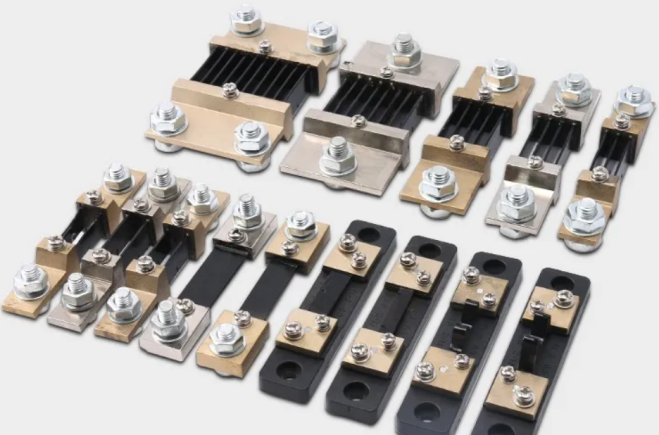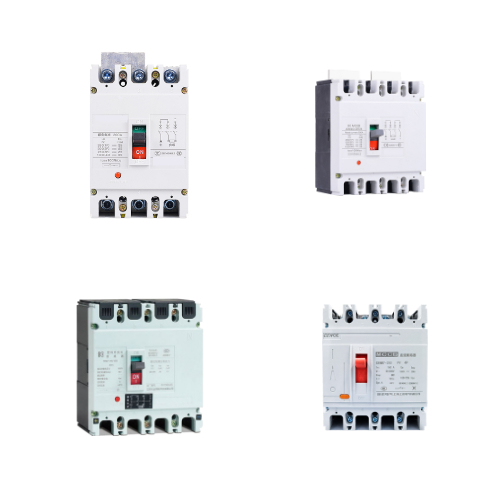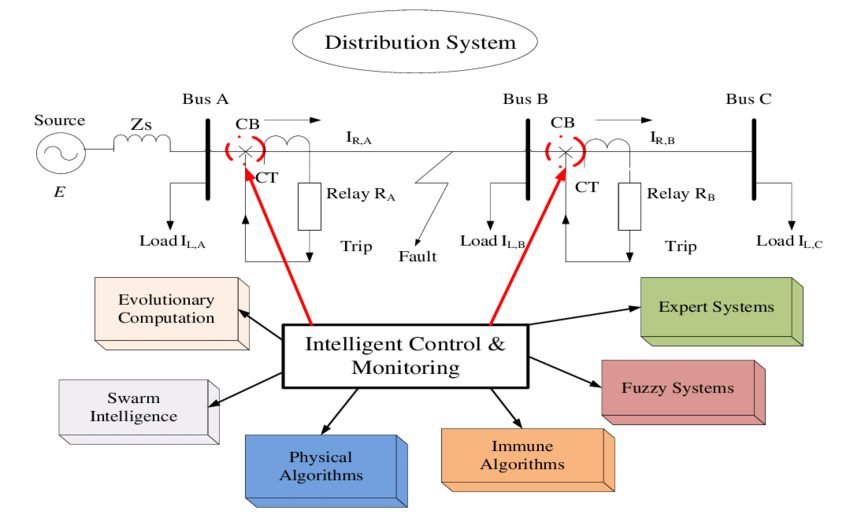
1. What is PLC communication
PLC Communication refers to the exchange of data between programmable logic controllers (PLCs) and other devices. It is an industrial-grade digital computer designed for control functions in various industries. It replaces older technologies like electromechanical relay systems.
PLCs are modular, allowing users to add features like discrete and analog inputs/outputs, PID control, motor control, and more. One of the advantages of using the PLC is they are easier to troubleshoot, maintain, and are cost-effective compared to relay banks.
2. PLC Communication Protocols
1. DeviceNet: An industrial network protocol based on CAN bus, suitable for device-level communication and multi-node connections in automation systems.
2. Modbus: An open serial communication protocol widely used in industrial automation, supporting RTU, ASCII, and TCP/IP modes.
3. PROFIBUS: A fieldbus protocol enabling high-speed data exchange, commonly used in distributed control systems.
4. DF1 Protocol: A proprietary serial communication protocol from Allen-Bradley PLCs for point-to-point or multi-point network communication.
5. EtherCAT: A real-time communication protocol based on Ethernet, known for high performance and low latency.
6. ControlNet: A real-time control network protocol designed for high reliability in large-scale industrial automation applications.
7. HART Protocol: A hybrid protocol supporting both analog signals and digital communication, widely used in process control.
8. PROFINET: An Ethernet-based industrial communication standard offering real-time capabilities and flexibility, supporting Industry 4.0 applications.
9. Fieldbus: A standard protocol for communication between field devices and control systems, enabling distributed control.
10. CANopen: A high-level protocol based on CAN bus, ideal for communication and device management in embedded systems.
11. CAN Bus: A serial bus standard for multi-node communication, widely applied in industrial and automotive sectors.
12. DNP3: A remote communication protocol commonly used in SCADA systems for power and water industries.
Each protocol has distinct features, and selection should be based on the application’s requirements for real-time performance, compatibility, and network architecture.
3. PLC Communication Applications
Communication Between PLC and meters
Taking the example of communication between a PLC and meter: if the protocol employed is Modbus RTU, the physical network will typically be RS485, with roles designated as master and slave.
In this configuration, the PLC functions as the master, issuing requests, while the meter operates as the slave, responding to these requests. This ensures smooth and efficient data exchange between the two devices.
Communication Between Siemens PLC and Frequency Inverters

For communication between a Siemens PLC and a frequency inverter: if the protocol utilized is Profinet, the physical network is Ethernet, and the roles are defined as controller and device.
In this scenario, the PLC acts as the controller, transmitting commands over Ethernet to the inverter, which serves as the device, executing the received instructions.
4. How to Achieve Automated PLC Communication
Step 1: Define the Communication Protocol
A communication protocol serves as the “language” that defines the rules for encoding, transmitting, and interpreting data between devices. Choosing the appropriate protocol requires a thorough evaluation of the application context, device compatibility, and communication requirements.
Modbus RTU:
For PLC-to-instrument communication, Modbus RTU is a widely used serial communication protocol. Operating in a master-slave architecture over an RS485 network, it provides a simple and reliable solution, especially for small- to medium-scale automation systems.
Profinet:
For advanced communication needs, such as between Siemens PLCs and frequency inverters, Profinet is the preferred protocol. Built on Industrial Ethernet, Profinet supports real-time data transmission, offers robust network management capabilities, and ensures high reliability, making it ideal for modern, flexible industrial automation systems.
Step 2: Establish the Physical Network
The physical network acts as the communication medium, transferring protocol-defined data packets between devices. Once the protocol is chosen, a compatible physical network must be deployed to ensure seamless connectivity.
Ethernet:
For protocols such as Profinet, which rely on Industrial Ethernet, the network must be constructed with care. Key considerations include the topology (e.g., star or line topology) and the configuration of networking devices like switches and routers.
Ensuring the network’s security, stability, and reliability is crucial to meet the stringent requirements of industrial automation.
RS485:
For serial communication protocols like Modbus RTU, an RS485 network is commonly employed. Proper termination resistance and accurate wiring connections are essential for stable signal transmission. Additionally, considerations such as interference resistance and transmission distance limitations must be addressed.
Step 3: Implement Software Configuration
Once the physical network is in place, the software layer must be configured to establish communication between devices.
Ethernet Communication:
For Ethernet-based communication, parameters such as IP address, default gateway, device name, role, and communication speed need to be configured. These settings directly impact the reliability and efficiency of communication.
Software configuration should also define the communication relationships and data flow paths between devices.
RS485 Communication:
For RS485-based communication, settings such as station addresses and serial port parameters (e.g., baud rate, data bits, and stop bits) must be configured. These parameters ensure accurate device recognition and data exchange.
Additionally, software configurations should facilitate functions such as data acquisition, processing, and transmission to achieve effective communication.
By following these steps, automated and efficient communication between PLCs and other devices can be successfully realized.






